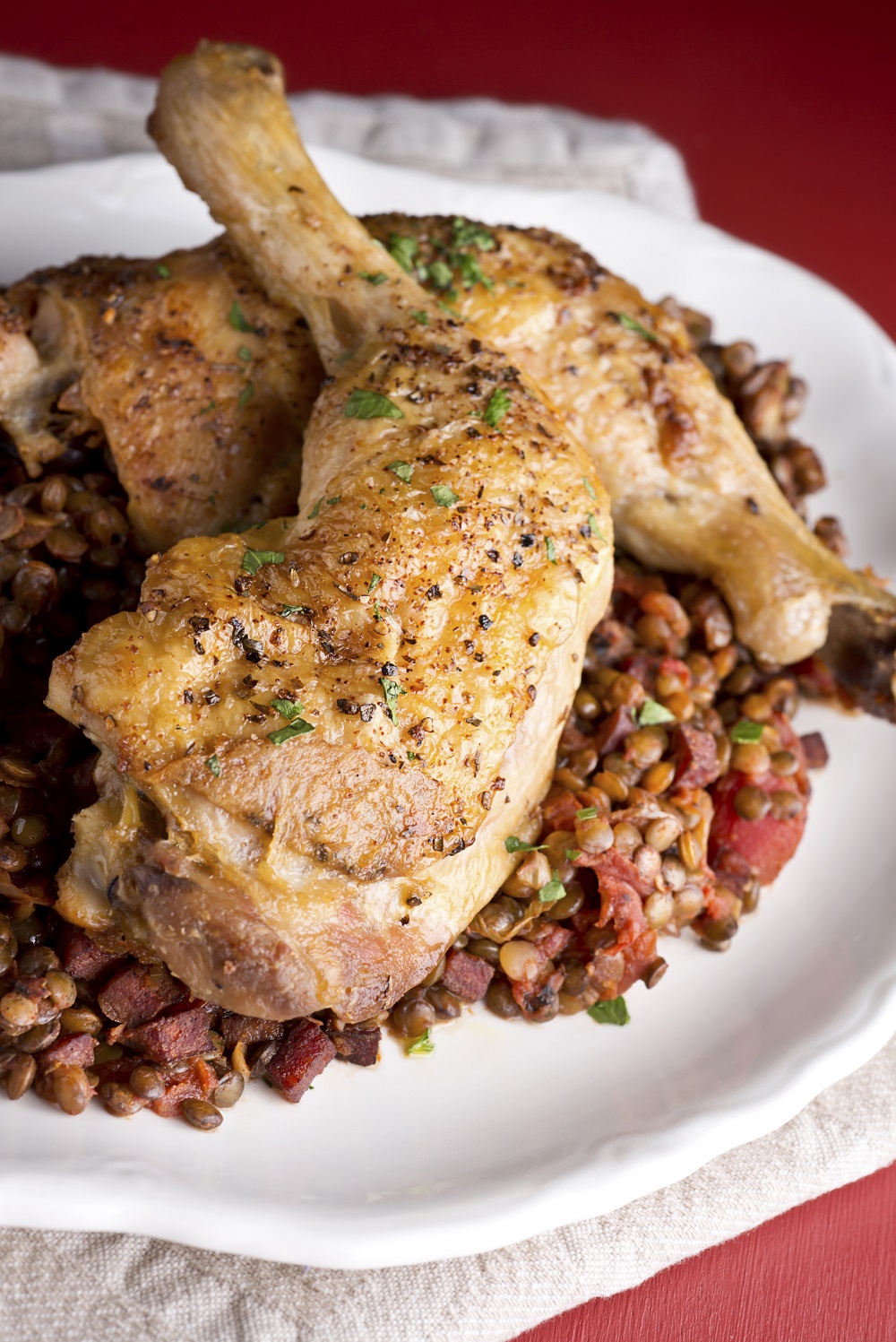 C. perfringens is a gram-positive spore-forming anaerobic (meaning it can grow without oxygen) bacteria that is normally found in the intestines of humans and animals. It is also a common cause of food poisoning when ingested in sufficient numbers. This commonly occurs when cooked food contaminated with the bacteria is left out (i.e. temperature abused), which allows rapid multiplication of C. perfringens. Illness results from toxin production in the intestines. Common food sources include meat and poultry dishes, soups and sauces, such as gravy.
C. perfringens is a gram-positive spore-forming anaerobic (meaning it can grow without oxygen) bacteria that is normally found in the intestines of humans and animals. It is also a common cause of food poisoning when ingested in sufficient numbers. This commonly occurs when cooked food contaminated with the bacteria is left out (i.e. temperature abused), which allows rapid multiplication of C. perfringens. Illness results from toxin production in the intestines. Common food sources include meat and poultry dishes, soups and sauces, such as gravy.
C. perfringens is also known to cause other diseases, such as infections of the skin and deeper tissues. This is known as "clostridial myonecrosis" or "gas gangrene" and also results from toxins produced by C. perfringens. Gas gangrene can occur when deep wounds are contaminated with foreign objects containing the bacteria.
In 2013, C. perfringens contributed to 1 out of 21 foodborne outbreaks in BC. Cooked foods must be hot-held at or above 74°C (165°F), and cooled properly to limit the growth of bacteria since cooking does not kill the C. perfringens spores.
When accidentally ingested in large numbers, C. perfringens will primarily cause watery diarrhea. Other symptoms may include nausea, vomiting, abdominal pain, and fever.
Symptom onset is usually sudden and occurs within
8-12 hours, but can take up to 24 hours from ingestion.
- Duration of symptoms is typically less than 24 hours.
- Sudden-onset, severe pain at wound site.
- Changes to the skin colour over the infected area (e.g. colour changes from white to bronze, then purple or red).
- Gas felt underneath the skin.
In both types of illness, the symptoms are caused by a toxin that is produced by the bacteria. When large numbers of vegetative C. perfringens bacteria are ingested, bacteria that survive the acid conditions in the gut, grow in the intestines, form into spores and release an enterotoxin that results in diarrhea. When C. perfringens is introduced into deep wounds, the toxin produced results in damage to the skin and deeper tissues.
Gas gangrene is a life-threatening condition and requires immediate medical attention. Other complications of the infection from wound contamination include shock and multi-organ failure.
Food poisoning associated with C. perfringens, on the other hand, rarely causes death and usually only in the elderly and debilitated. Necrotizing enteritis may occur in rare cases with other types of C. perfringens enterotoxins.
Diagnosis of food poisoning from C. perfringens can be determined by bacterial counts in the food and spore counts in the stool.
Definitive diagnosis of gas gangrene requires isolation and growth of the bacteria from a swab of the wound.
Food poisoning from C. perfringens is mainly supportive as it will resolve on its own.
Gas gangrene requires the infected and damaged tissues to be removed. In addition, antibiotics are also given to resolve the remaining infection.
- Ensure food is thoroughly cooked. Hold foods hot at temperature at or above 60°C or refrigerated at temperatures at or below 4°C.
- Cool cooked foods that are not consumed immediately to at or below 4°C within 6 hours (from 60°C to 20°C within 2 hours, then from 20°C to 4°C within 4 hours).
- When reheating food, ensure temperature is ≥74°C.
- Seek medical attention for deep wounds
- Avoid contamination of wounds by dirty foreign objects

